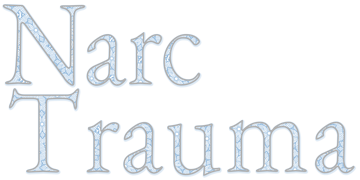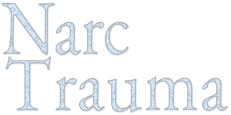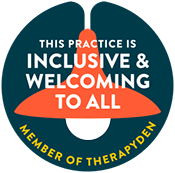Finding Freedom: The Art of Letting Go of Toxic Relationships

By Brenda Stephens, LPCC
Finding Freedom: The Art of Letting Go of Toxic Relationships
The journey towards personal growth often involves the difficult decision to part ways with people who poison our well-being. Toxic relationships can drain us emotionally, physically, and mentally, leaving us feeling diminished and disoriented. But how do we liberate ourselves from the grasp of such harmful bonds? This article explores the essential steps and inner workings of releasing a toxic person from your life.
Understanding Toxicity
Before detaching from a toxic individual, it’s important to identify the signs of a harmful relationship. These can include persistent negativity, emotional manipulation, lack of respect, and any form of abuse. Toxicity is often insidious, trickling into interactions in such a gradual manner that one might hardly notice until deeply entangled.
The Detachment Process
-
Recognition and Acceptance: The first step towards release is recognizing the detrimental impact of the relationship. Accepting that it’s not conducive to your happiness or growth can empower you to make necessary changes.
-
Setting Boundaries: Clearly define what is acceptable and what isn’t. Sometimes, a direct conversation is necessary, while other times, internal fortification of boundaries will suffice.
-
Deciding on the Nature of the Release: Cutting someone out can be tricky, especially if there are complicating factors like workplace relationships or family ties. Consider whether a complete break is needed or if limiting interaction is sufficient.
-
Communication: If appropriate, communicate your intentions to the other person. This isn’t about a confrontation but rather a calm and assertive expression of your decision.
-
Physical and Emotional Distance: Create space for healing by taking tangible steps to avoid contact. Reducing physical proximity and digital connections can be effective.
The Healing Journey
-
Surround Yourself with Support: Lean on friends, family, or professionals who can offer encouragement and perspective as you navigate this change.
-
Self-Reflect: Use this time to reflect on what you’ve learned and how to avoid similar situations. Personal growth often comes from difficult choices.
-
Indulge in Self-Care: Cultivate practices that enhance your mental, emotional, and physical well-being. Self-care acts as both a salve and a fortification against toxicity.
-
Reinvest in Your Interests: Reconnect with hobbies and passions that may have been neglected. These can serve as positive distractions and reaffirmations of your identity.
Moving Forward
As you release a toxic person from your life, the journey of rediscovery begins. This is the time to reestablish your self-identity and reaffirm your values. Embrace activities that foster personal growth and joy. Each step you take away from the toxicity is a step closer to a more peaceful and fulfilling life. Remember that moving on is a process. There will be setbacks and days when the toxicity seems to seep back into your thoughts, but with steadfast resolve, you can maintain the course toward a healthier you.
Embracing Forgiveness
Part of the healing process may involve forgiveness. This doesn’t mean that you condone the toxic behavior, but rather that you are choosing to let go of the hold it has over you. Forgiveness can be a cathartic experience, liberating you from the chains of anger and resentment.
Creating a Positive Future
Finally, focus on constructing a positive future. Fill your life with people who respect and uplift you and engage in endeavors that bring meaning and satisfaction. The act of letting go is challenging, but it opens up a world of opportunity where your well-being takes precedence.
Conclusion
Letting go of a toxic person is no small feat, but it’s a courageous and essential act for anyone seeking a healthier and happier life. The path to detachment is fraught with challenges, yet it is also rich with opportunities for growth and self-improvement. By learning to set boundaries, practicing self-care, and investing in positive relationships, you can turn the end of one chapter into the beginning of a brighter, more empowering one. Remember, the reclamation of your life starts with one decisive step away from toxicity and a resolute march toward self-love and authenticity.
What You Can Do Next
If you’re struggling with detaching from a toxic relationship, consider reaching out to a therapist or support group like Stephens Therapy Associates. Remember, every journey starts with the first step, and you don’t have to walk it alone. Release the toxic, embrace the authentic, and watch as your life transforms.








